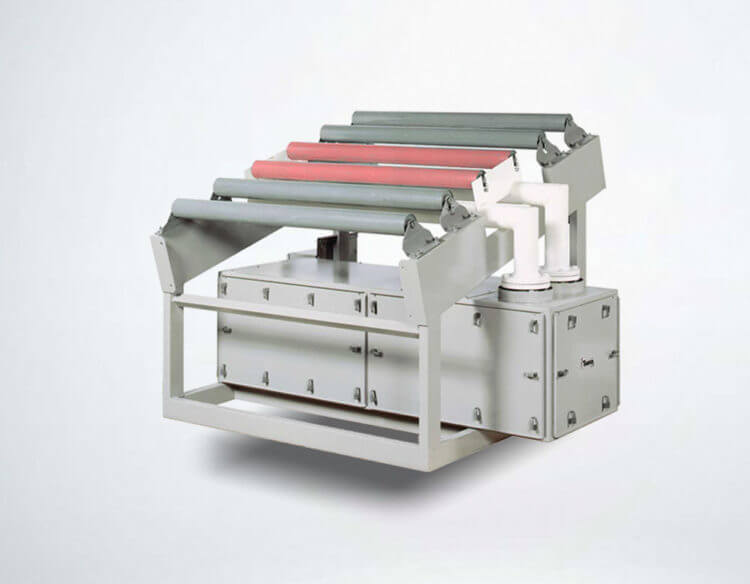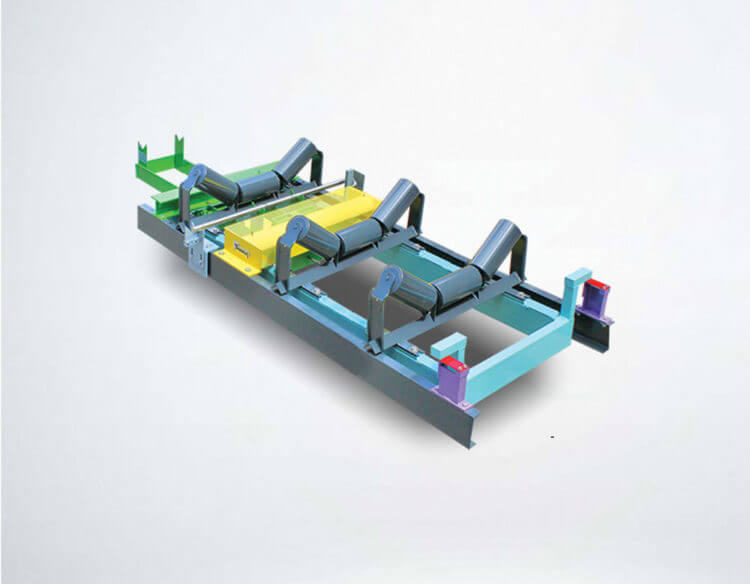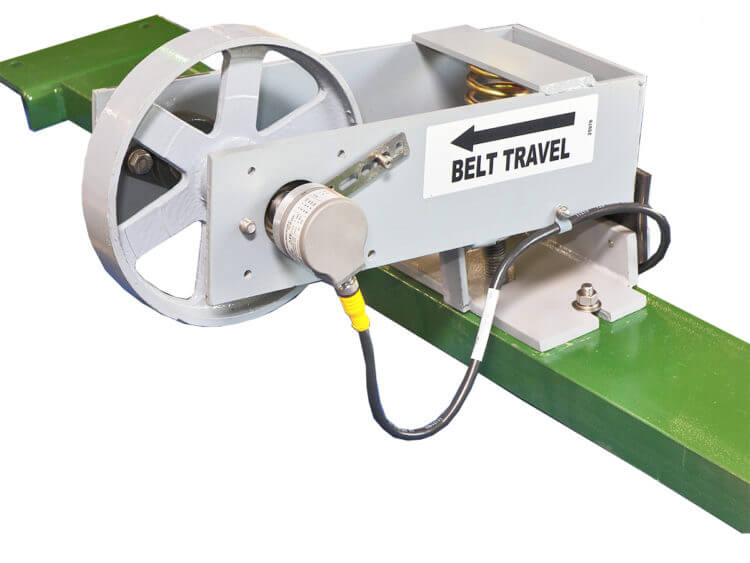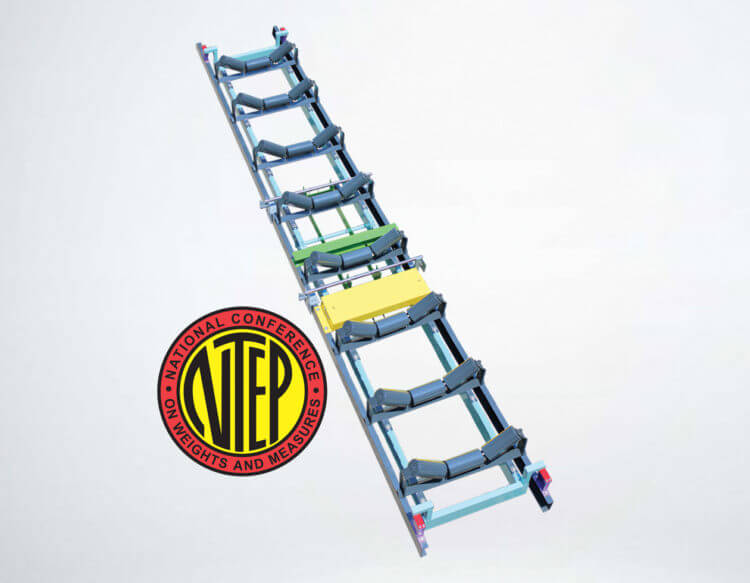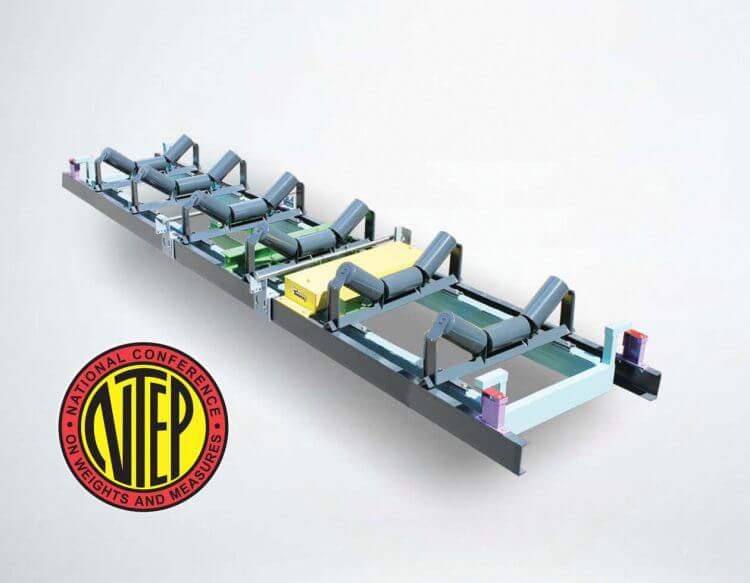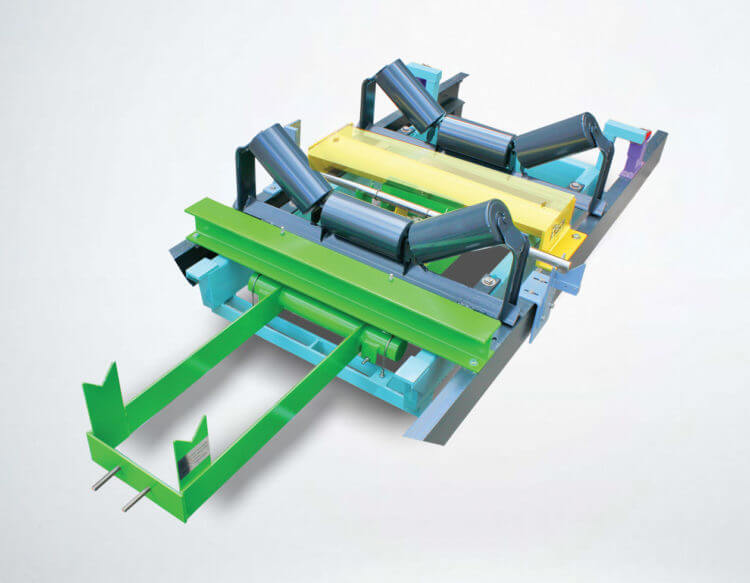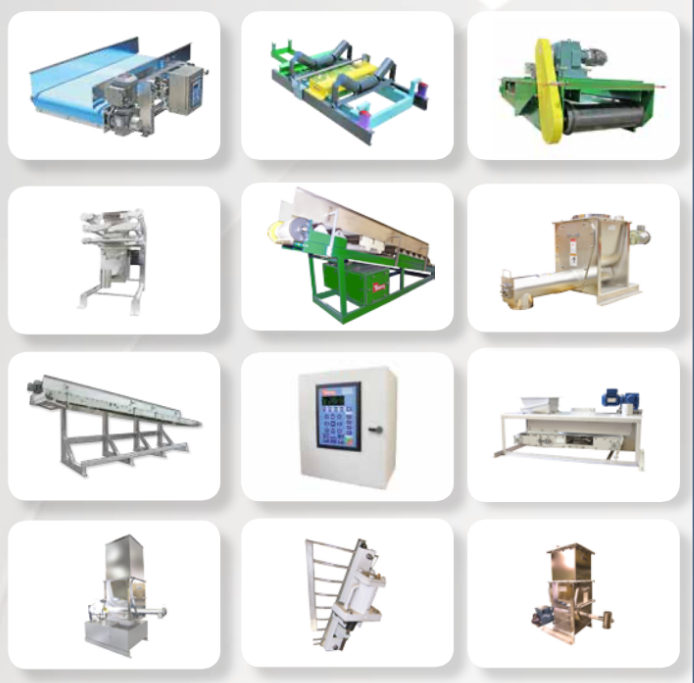Description
2RF-4A Conveyor Belt Scale
Superior Performance in an economical package
The THAYER 2RF-4A Conveyor Belt Scale is designed for high accuracy (1/4% typical) inventory control and totalization. The weighbridge features exclusive rocking flexure suspension in the approach configuration. Measurement sensitivity is high, deflection is low, and the load cell is isolated from the error-inducing effects of extraneous lateral forces, off-center loading, foundation distortion, inclination hold-back forces, and high sporadic shocks and overloads. Tare load is mass counterbalanced to create superior signal to noise ratio in weight sensing, orders of magnitude better than belt scale designs supporting full tare load on the load sensor.
THAYER WEIGHT SENSING SYSTEM
Thayer’s 2RF-4A Conveyor Belt Scale Weigh Bridge is a rugged design that accurately measures the material weight in extreme environmental conditions without constant maintenance and attention. The weighbridge is a three-point suspension frame that incorporates a unique rocking-flexure fulcrum that is totally unaffected by vibration and dust build-up.
Features of the THAYER Weight Sensing system are:
- No wearing parts
- One load cell
- Rugged tubular steel frame
- No flat surfaces for material build up
- Low deflection through secondary lever
- All stainless steel hardware
- LVDT or Strain Gauge Load Cell
THAYER’S RF Flexure Suspension (patented)
The axis position is permanent, being held in its horizontal position by the flexure plate and in its vertical position by the load rod which bears on the flexure plate, which in turn is bolted to the bottom side of the square and elevated suspension extension shaft.
There is insignificant rotational hysteresis. While the load rod may be likened to a dull knife edge (it is round), the flexure plate bearing surface directly in contact can rock without sliding through small rotational displacement.
The reaction to lateral forces creates an insignificant moment transfer to the weigh suspension (this is part of the patent). Since the flexure plate (which is hardened blue tempered steel) is also the upper bearing block of the pivot, tensile or compressive forces reacting to lateral forces therein have no moment arm distance to operate.
CALIBRATION
A belt scale should be thought of as a precision instrument and its performance should be quickly and easily checked. Thayer Scale can provide an accurate reliable calibration using a certified calibration weight instead of test chains or electronic simulation of load, for all scale capacities. Thayer Scale developed and patented the first automatic calibration system for conveyor belt scales in 1971.
For belt scale calibration, Thayer Scale utilizes the test weight which represents a specific pound per ft loading value and an automatic belt length measurement system. This combination produces accurate, repeatable calibrations free from human error. Unlike electronic calibration which simply simulates a load cell output to the instrumentation, the test weight mechanically exercises the scale mechanism. Thayer’s unique suspension design assures that the test weight will accurately load the scale and will weigh a maximum of approximately 60 lb (typically much lighter) while still representing 80-100% of full scale load. Calibration time is reduced to a matter of minutes and can be performed by one person.
Key advantages
- Test Weight more manageable. One man operation
- Loading effect independent of conveyor incline
- Longitudinal restraining elements not falsely loaded
THAYER Load Cell Utilization Factor
The distinct specification of continuous belt scale weighing applications and the unique environment and operational issues those applications typically encounter, places too many requirements on the load sensing system for any single technology to completely satisfy. Therefore, using THAYER’S exclusive FMSS technology in the design of its belt scale suspension system allows the choice of using either its LC‐137 LVDT Load Cell or its LC‐ 174 Strain Gauge Load cell. This puts THAYER in a unique position that allows us to offer equipment to match a wide range of applications such as light material loading, severe environmental conditions, and commercial certification.
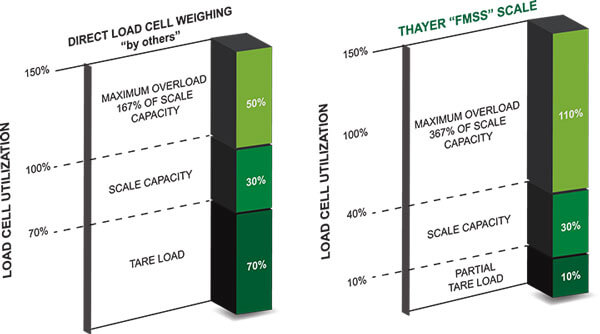
Precision Belt Speed Measurement
Accurate belt speed measurement requires the use of a precision wheel and pulser. A spring is used to maintain proper contact pressure of the wheel with the tension side of the belt in all operating conditions. The THAYER belt travel pulser assembly includes a precision cast/machined wheel with a “pre-calibrated” circumferential tolerance of ± 0.05% and a high resolution digital transmitter. The transmitter produces pulses equivalent to 1/100 to 1/200 of a foot of belt travel. The speed pick-up wheel has a narrow face width so it is less susceptible to material build-up, which can result in speed measuring errors. Since belt stretch is not constant throughout the length of the conveyor, and therefore, can affect speed measurement, the speed pickup produces a more accurate speed signal than that which is produced by tail pulley mounted speed encoders.



